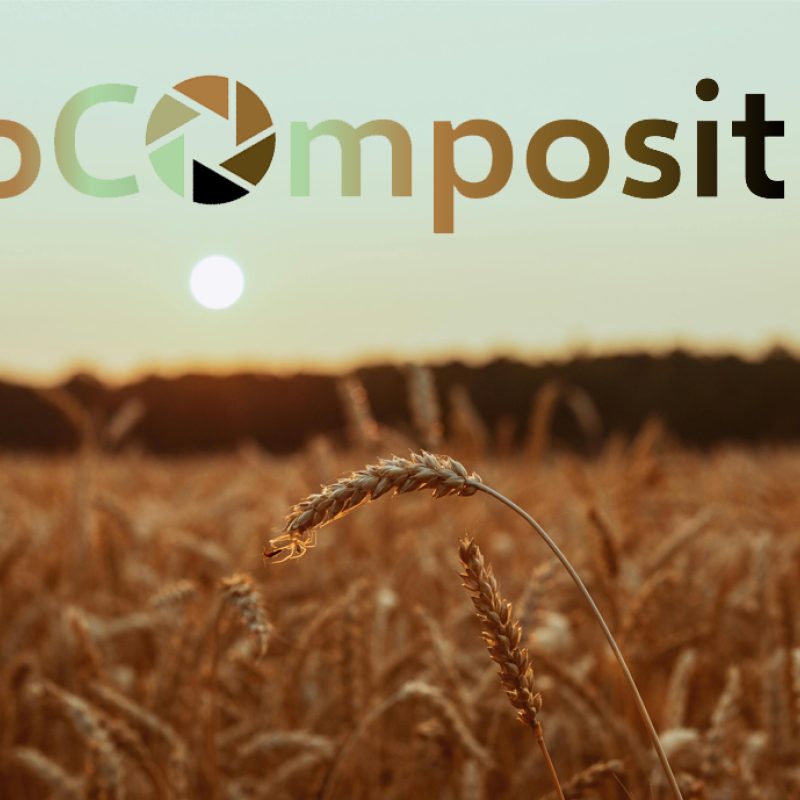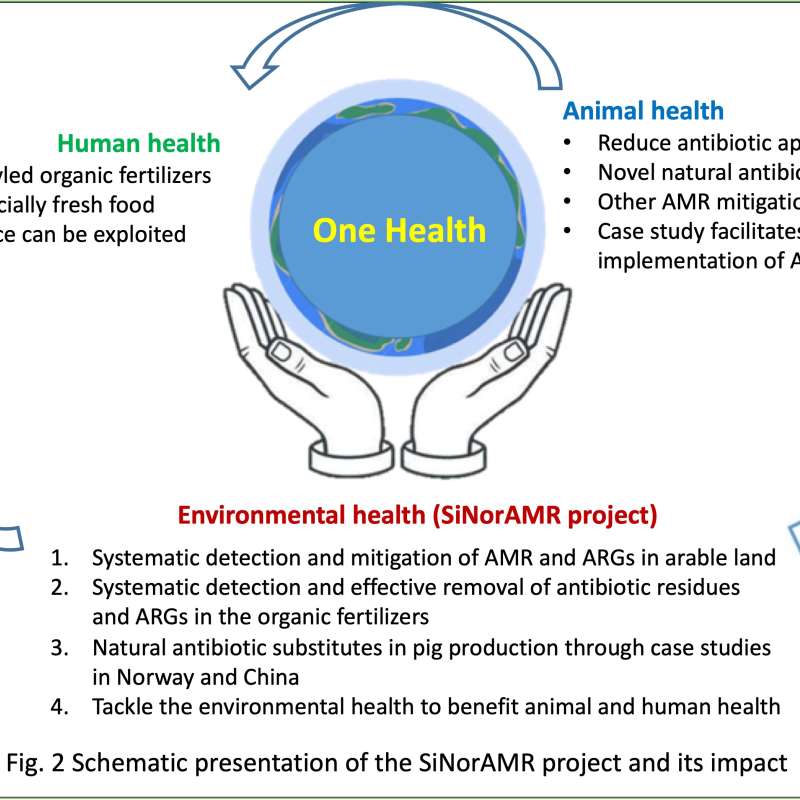Simon Weldon
Research Scientist
Authors
Simon Weldon Bert van der Veen Eva Farkas Nazli Pelin Kocatürk Schumacher Alba Dieguez-Alonso Alice Budai Daniel RasseAbstract
No abstract has been registered
Abstract
No abstract has been registered
Authors
M. Helbig T. Živković P. Alekseychik M. Aurela T. S. El-Madany E. S. Euskirchen L. B. Flanagan T. J. Griffis P. J. Hanson J. Hattakka C. Helfter T. Hirano E. R. Humphreys G. Kiely R. K. Kolka T. Laurila P. G. Leahy A. Lohila I. Mammarella M. B. Nilsson A. Panov Frans-Jan W. Parmentier M. Peichl J. Rinne D. T. Roman O. Sonnentag E.-S. Tuittila M. Ueyama T. Vesala P. Vestin Simon Weldon P. Weslien S. ZaehleAbstract
Peatlands have acted as net CO2 sinks over millennia, exerting a global climate cooling effect. Rapid warming at northern latitudes, where peatlands are abundant, can disturb their CO2 sink function. Here we show that sensitivity of peatland net CO2 exchange to warming changes in sign and magnitude across seasons, resulting in complex net CO2 sink responses. We use multiannual net CO2 exchange observations from 20 northern peatlands to show that warmer early summers are linked to increased net CO2 uptake, while warmer late summers lead to decreased net CO2 uptake. Thus, net CO2 sinks of peatlands in regions experiencing early summer warming, such as central Siberia, are more likely to persist under warmer climate conditions than are those in other regions. Our results will be useful to improve the design of future warming experiments and to better interpret large-scale trends in peatland net CO2 uptake over the coming few decades.
Abstract
No abstract has been registered
Abstract
presentation about circular economical projects in NIBIO
Abstract
No abstract has been registered
Authors
Junbin Zhao Simon Weldon Alexandra Barthelmes Erin Swails Kristell Hergoualc’h Ülo Mander Chunjing Qiu John Connolly Whendee L. Silver David I. CampbellAbstract
No abstract has been registered

Division of Environment and Natural Resources
AgroComposit
AgroComposit: Biochar-compost composites for supporting site-specific soil agro-ecosystem functions and climate change mitigation

Division of Environment and Natural Resources
AgriCascade
Cascading recycling of organic N-sources with next-generation biochar fertilizer for Norwegian agriculture

Division of Environment and Natural Resources
SiNorAMR
Full title: Collaborative and Knowledge-building Project Collaborative Project Systematic detection and mitigation of antimicrobial resistance in soil environment and animal health contributing to human health (SiNorAMR)
